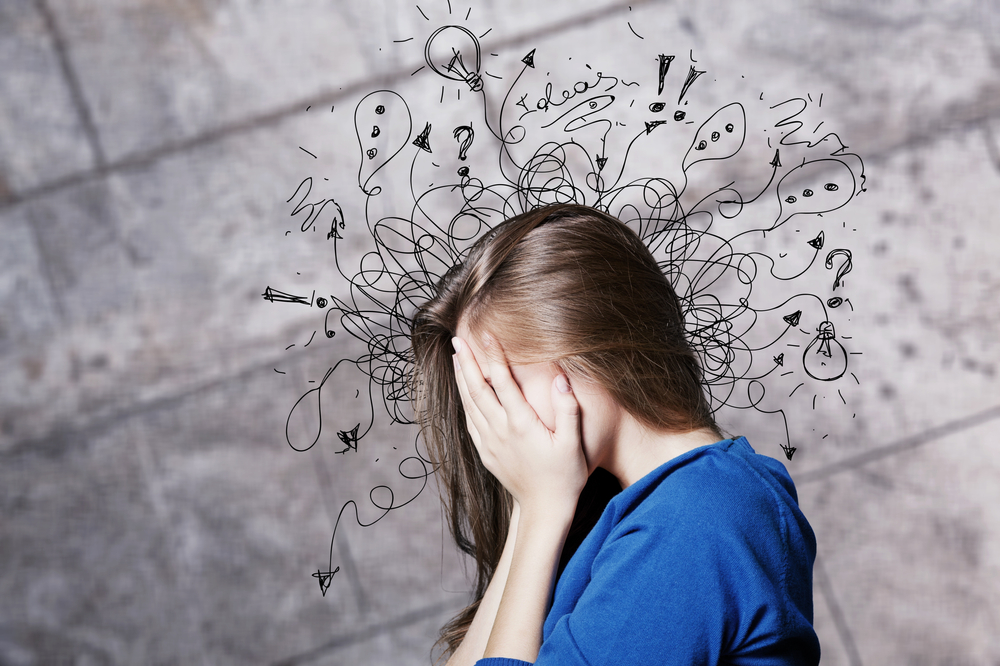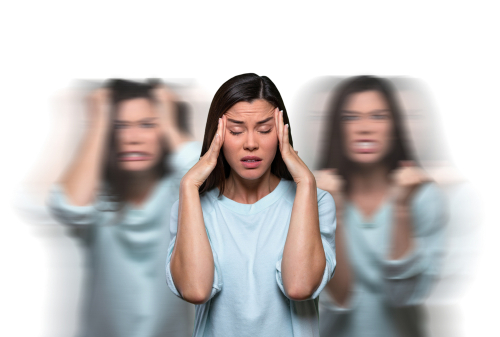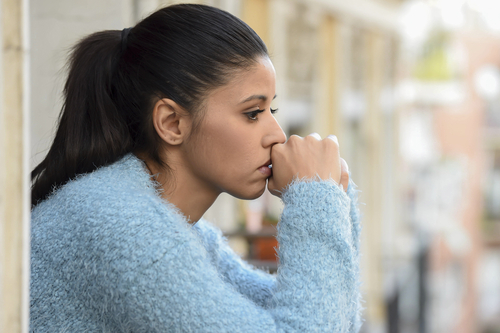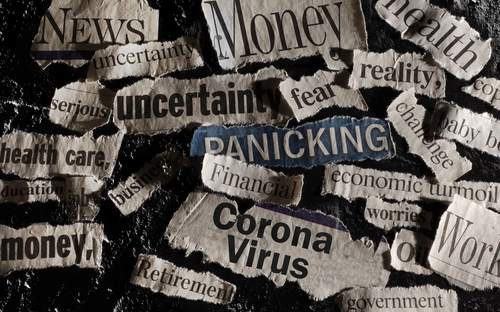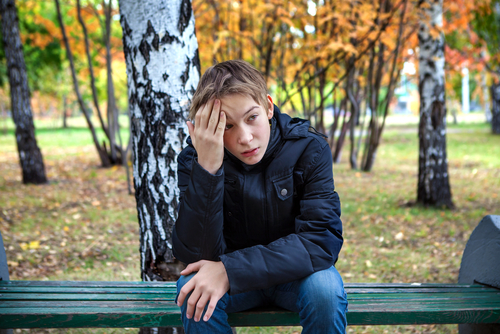
Anxiety is a typical, emotional reaction to danger, and has been explained as “the body’s automatic fight-or-flight response that is triggered when you feel threatened, under pressure, or are facing a challenging situation.” It is the body’s natural response to stress. Anxiety will manifest differently in different people. The feelings of anxiety can range from mild to severe. While fleeting anxiety is unavoidable, it is atypical for an individual to experience persistent and debilitating symptoms of anxiety, and this may be indicative of an anxiety disorder. The National Alliance on Mental Illness (NAMI) asserts: “Anxiety disorders are a group of related conditions, each having unique symptoms. However, all anxiety disorders have one thing in common: persistent, excessive fear or worry in situations that are not threatening.” There are currently five distinct types of anxiety disorders listed in the Diagnostic and Statistical Manual of Mental Disorders, Fifth Edition (DSM-5). Anxiety disorders are the most common of mental disorders and affect nearly 30% of adults at some point in their lives.
Dialectical Behavior Therapy
Psychologist Marsha M. Linehan developed dialectical behavior therapy (DBT) in the late 1980s as a means to more effectively treat chronically suicidal individuals diagnosed with borderline personality disorder (BPD). It is founded on the principals of cognitive behavioral therapy (CBT), utilizing standard CBT techniques for emotional regulation and reality testing, and combines concepts derived from Buddhist meditative practice such as awareness, mindfulness, and attentiveness to current situations and emotional experiences. DBT remains the only empirically supported treatment for BPD, and current evidence also recognizes DBT as an applicable and effective treatment method for many other mental health conditions. Clinical findings indicate that DBT is increasingly used as an effective approach for managing anxiety and related issues.
DBT is a multifaceted approach consisting of weekly individual psychotherapy sessions, weekly DBT group skills training therapy sessions, and as-needed phone coaching to provide additional support between the weekly individual and group sessions. Within each setting, DBT focuses on the teaching and reinforcing skills in four fundamental areas, known as the four modules, which include: core mindfulness (focusing skills), distress tolerance (crisis survival skills), emotion regulation (de-escalation skills), and interpersonal effectiveness (social/ relationship skills). The distress tolerance module is entirely dedicated to teaching skills that help individuals learn to better manage stress and tolerate painful events, urges, and emotions.
Treatment In Calabasas
Calabasas is a city in California. It is a well-known suburb of Los Angeles, located west of the San Fernando Valley and north of the Santa Monica Mountains. Over the past decade, the city of Calabasas has grown in its reputation for luxury as well as for privacy which makes it a hidden gem for residential living for society’s elite, and one of the most desirable destinations in Los Angeles County. It is also home to a plethora of highly qualified mental health clinicians providing an array of therapeutic services and treatment options.
The information above is provided for the use of informational purposes only. The above content is not to be substituted for professional advice, diagnosis, or treatment, as in no way is it intended as an attempt to practice medicine, give specific medical advice, including, without limitation, advice concerning the topic of mental health. As such, please do not use any material provided above to disregard professional advice or delay seeking treatment.

